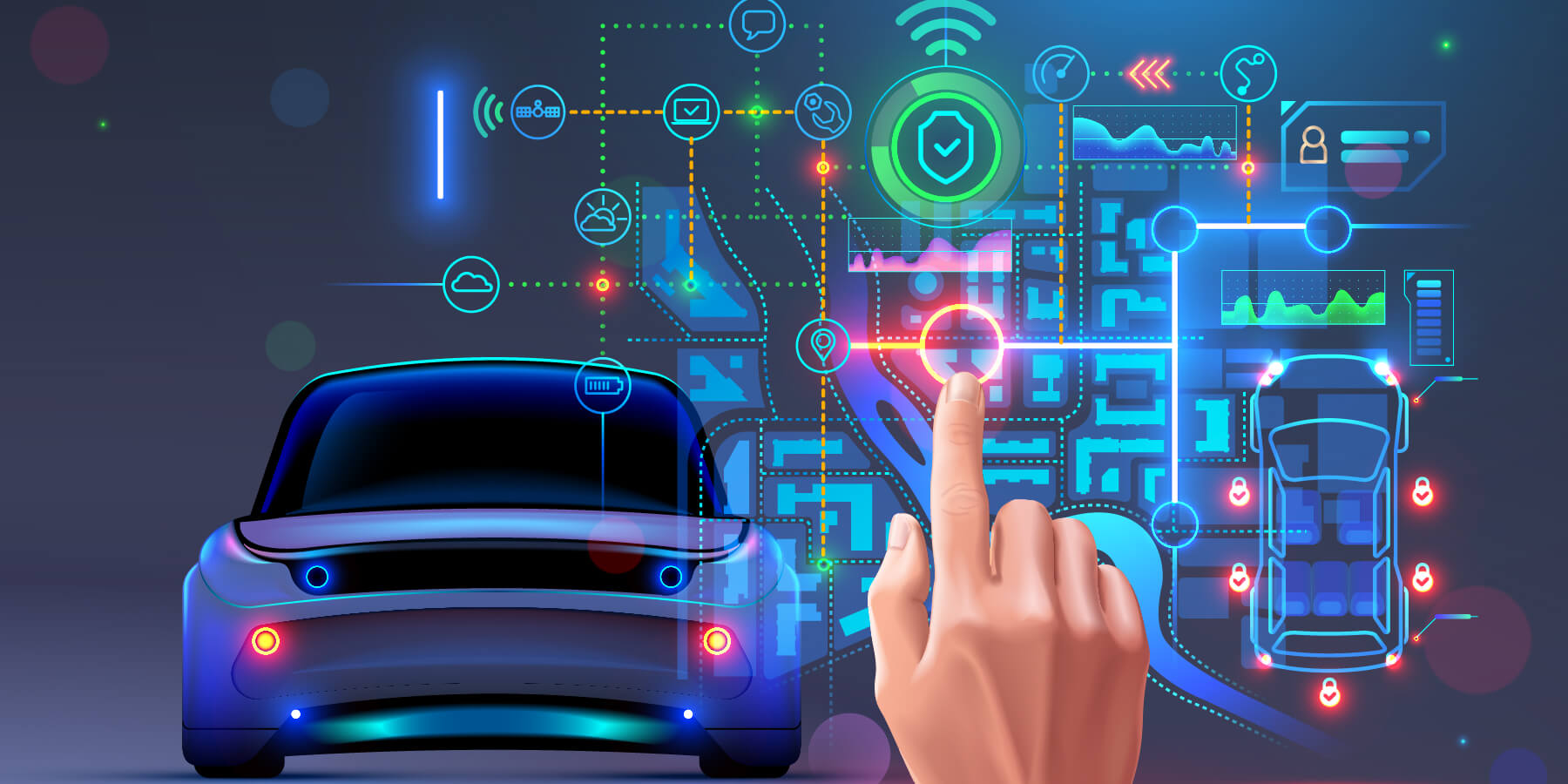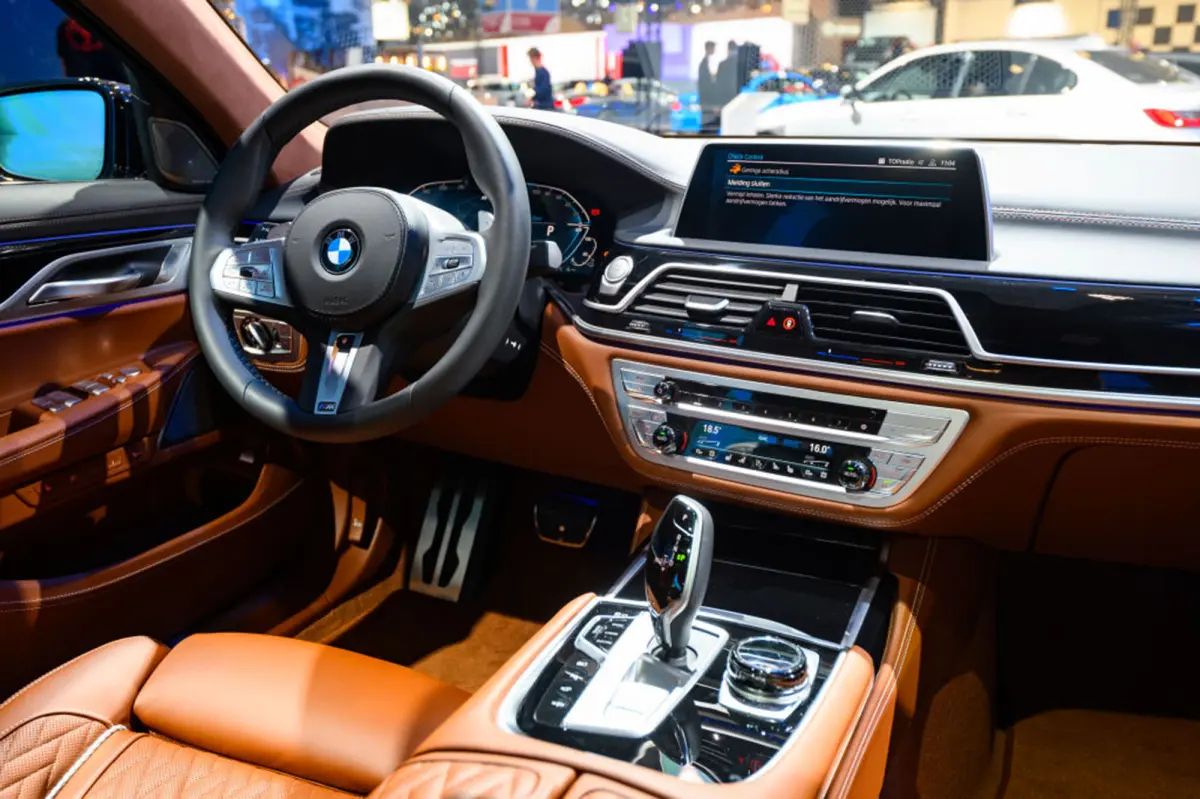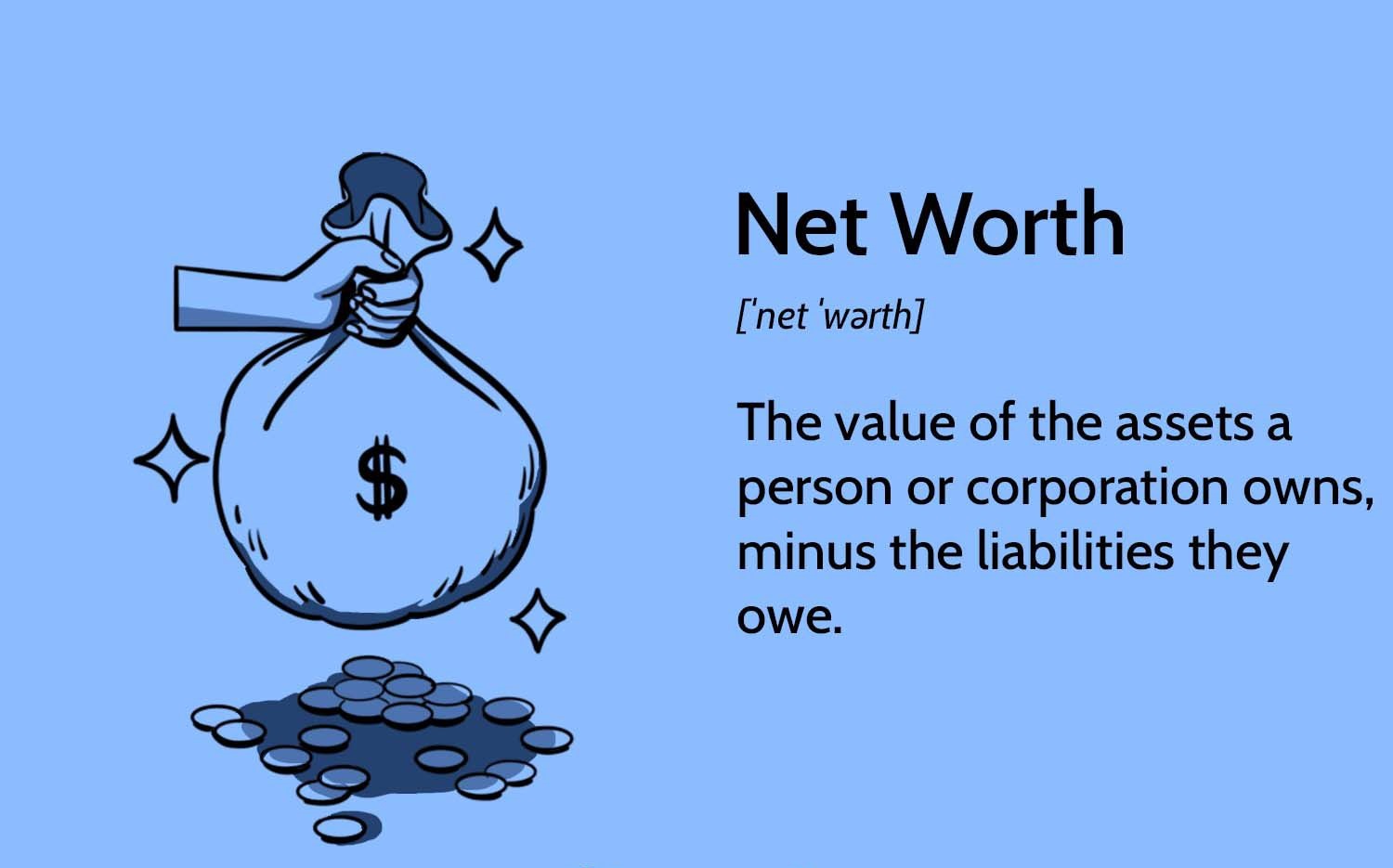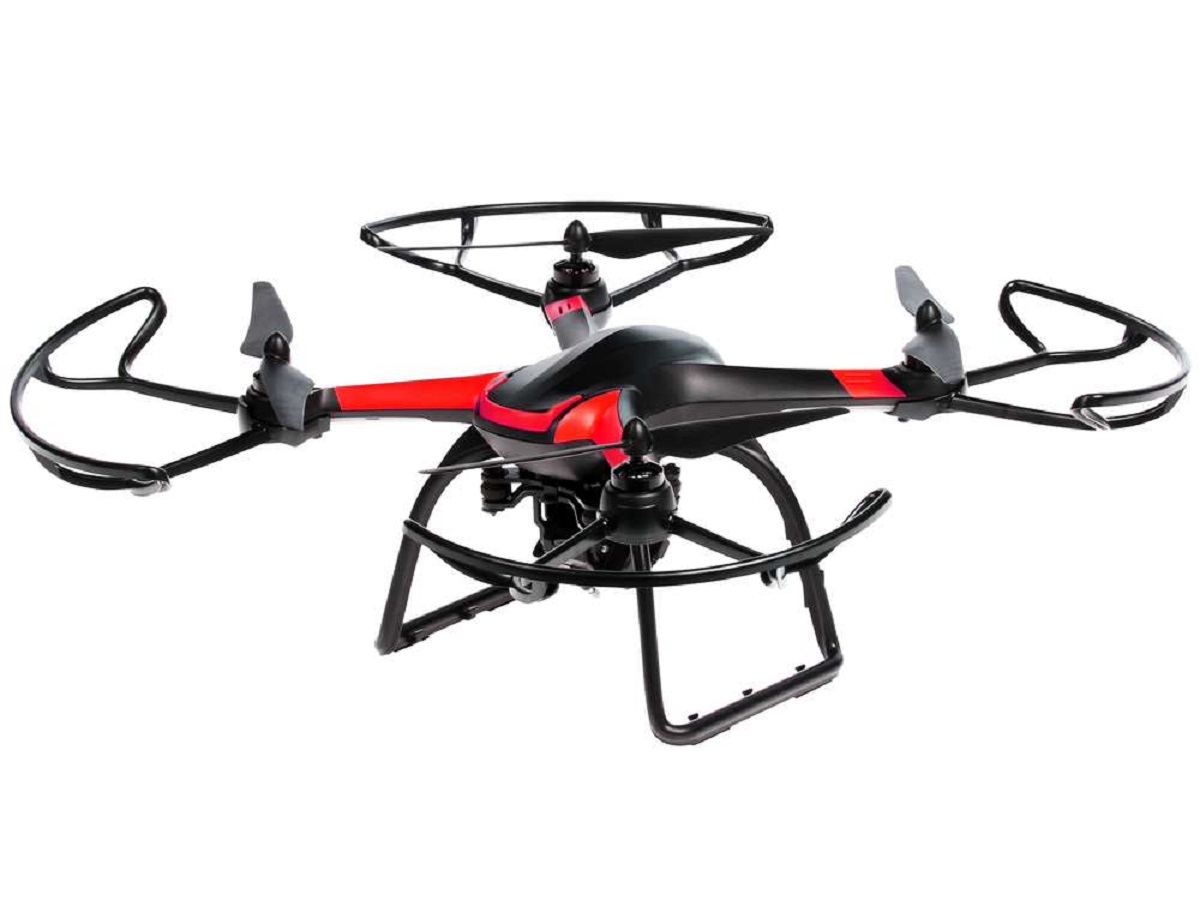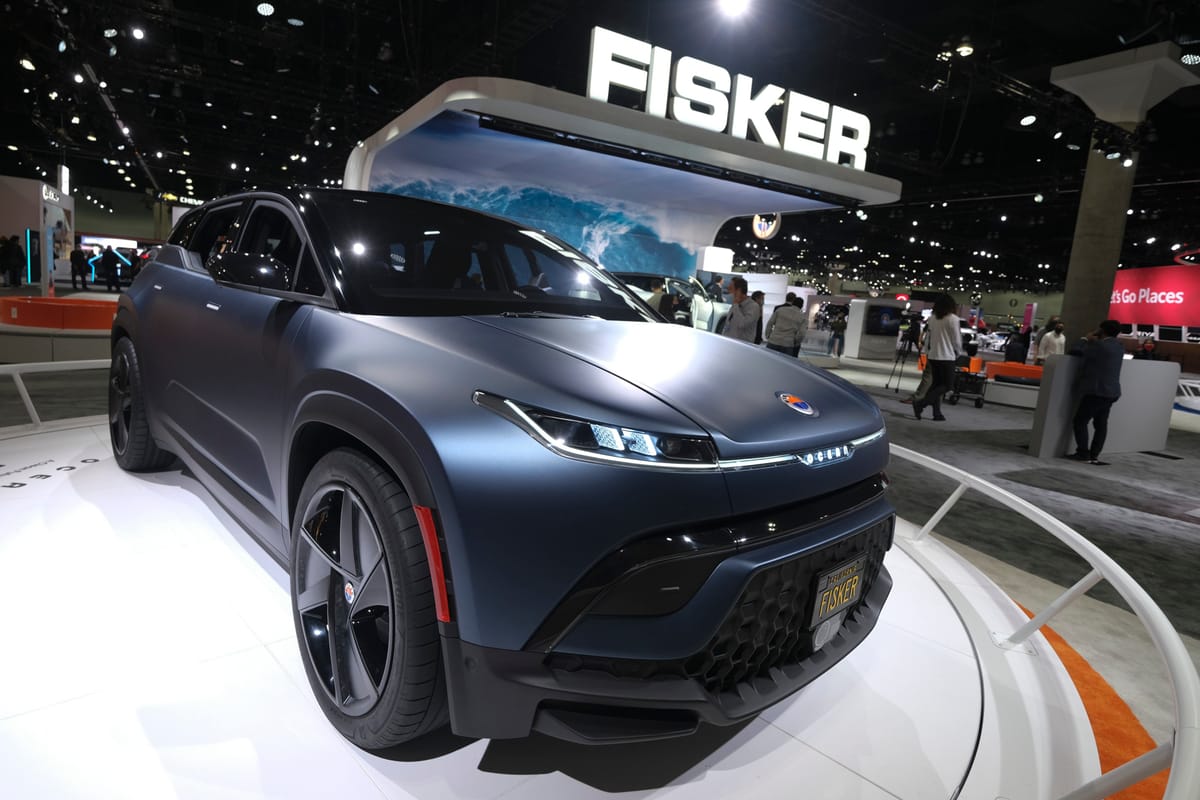At the recent CES 2024, the term “software-defined vehicle” was a hot topic. But what exactly does it mean? Let’s dive into this buzz phrase and uncover its significance in the automotive industry.
Key Takeaway
The concept of software-defined vehicles represents a pivotal shift in the automotive industry, emphasizing the potential for cars to evolve into upgradable, software-centric platforms. While the vision is compelling, the industry faces significant challenges in realizing this transformation and delivering tangible benefits to consumers.
The Evolution of Cars
The concept of a software-defined vehicle is not entirely new. It emerged in the mid-to-late 2010s to describe the shift from mechanical to software-driven cars. This transformation draws parallels to the evolution of smartphones, emphasizing the potential for cars to become “smartphones on wheels.”
Defining Software-Defined Vehicles
So, what sets a software-defined vehicle apart? Essentially, it refers to vehicles with upgradable capabilities primarily driven by software, rather than the need for physical component changes. This shift poses a significant challenge, as it requires a fundamental overhaul of the vehicle’s electronic architecture.
The Core Elements
A software-defined vehicle hinges on two key elements: the software within the vehicle and the underlying electronic architecture. Unlike traditional vehicles with numerous electronic control units (ECUs), a software-defined vehicle aims to consolidate functions into a streamlined architecture, akin to the upgradability of a smartphone.
Unlocking New Functionality
While touchscreens have already replaced physical controls in vehicles, the true essence of software-defined vehicles lies in the potential for substantial wireless software updates that introduce new functionalities. Automakers also envision generating revenue through subscription-based services, mirroring the model seen in the tech industry.
The Road Ahead
Although the industry is actively pursuing the vision of software-defined vehicles, the reality is that only a few automakers currently offer such vehicles. Tesla stands out as a notable example, with its ability to deliver over-the-air updates that can enhance vehicle performance and introduce new features.
The Bottom Line
Despite the buzz surrounding software-defined vehicles, the automotive landscape is still navigating the complexities of this transition. While the industry aims to capitalize on this shift through software-driven revenue streams, the ultimate test lies in delivering meaningful value to consumers.







